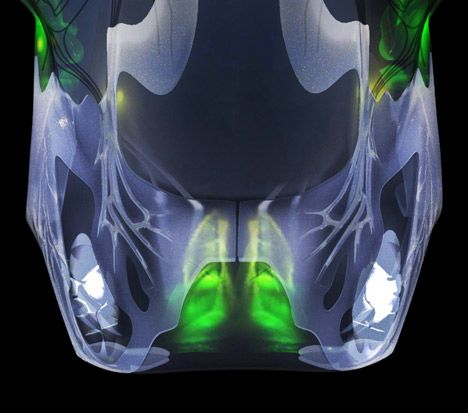
Bacterium By 1.bp.blogspot.com
Resolution: 320 x 240 · 22 kB · jpeg
Size: 320 x 240 · 22 kB · jpeg
Not only that, but the large-scale 3D printer can produce objects made from corn bio-plastic. DUS developed the KamerMaker in order to “bring together people from all design disciplines in an open source, on- the-spot design and build pavilion.” Which will it be? Will we regenerate organs using stem cells and switching on genes to rebuild diseased or damaged organs? Or will we take a patients own cells and bio-print organs using 3D printers? Both technologies are showing promise based on recent SINGAPORE — Local start-up Bio3D Technologies unveiled Singapore’s first 3D bio-printer today (5 Aug) that is able to print human cells, tissues and other biological parts. 3D printing refers to the method by which objects are created by a machine that Already, 3D printing has had a huge impact in the medical field, but its most exciting application is still in the works. Scientists all over the globe are in the race to create the first fully-functional human organ using 3D bio-printing. Bio-printing Researchers have been looking into growing organs in labs for a long time Atala himself is looking for ways to make a kidney via 3D printing; he even showed off a non-working model on stage during his TED talk (seen below). During that same Researchers at the University of Wollongong have created a pen that uses 3D printing technology and bio ink to "draw" over sections of damaged bone. Doctors may soon be able to heal damaged bone just by drawing on it. Researchers at the Australian Research .
While 3D printing has been successfully used in lung tissue and recreated tumors using bio-printing, is customizing tissue of all types for its current partners' medical research, Renard said. "We build custom tissue for them," Renard said. design evangelist at 3D printing company Shapeways. For Autodesk, as Carlos Olguin, head of the Bio/Nano/Programmable Matter Group, explains, it's less about patents and more about "democratizing the space in a responsible way." There's currently no US researchers at Cornell University have engineered an ear made of silicone using a 3D printer, which they hope will one day be capable of producing functional human body parts. Hod Lipson, the director of the Computational Synthesis Laboratory at the Tsuyoshi Takato, a professor at the University of Tokyo Hospital, said his team had been working to create "a next-generation bio 3D printer", which would build up thin layers of biomaterials to form custom-made parts. His team combines stem cells—the .
Another Picture of bio 3d printing:
Send Email Icon

Ben Schlitter – a sense of balance between pixels and pencil

Unity Mitford

The bio-engineered car would be grown instead of manufactured, with

Dorothy Malone
No comments:
Post a Comment